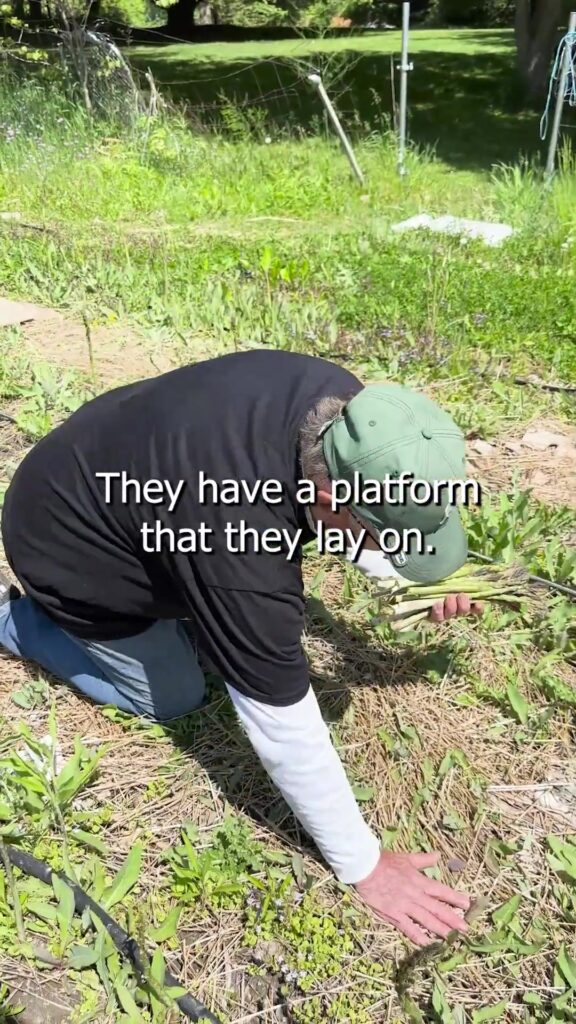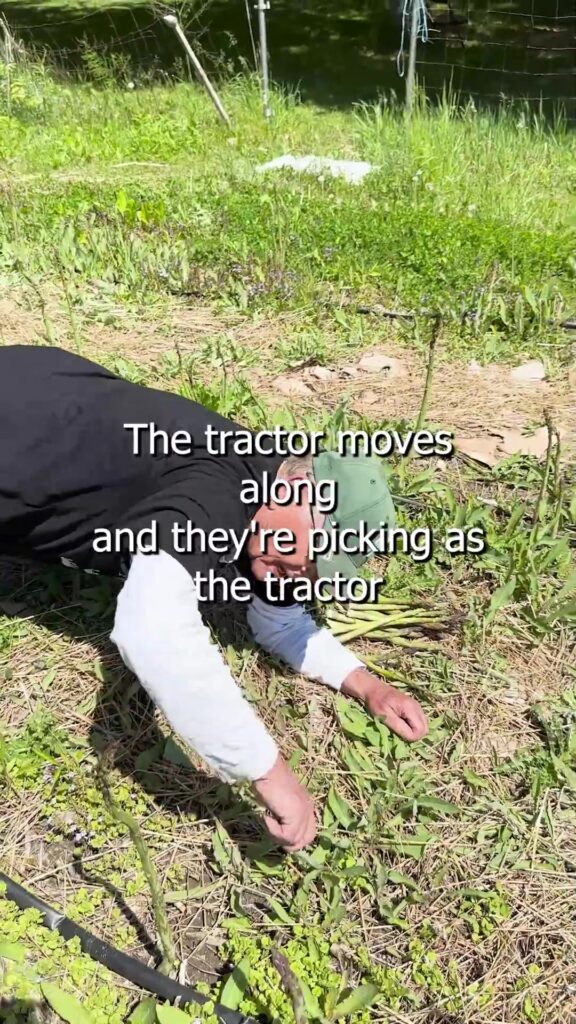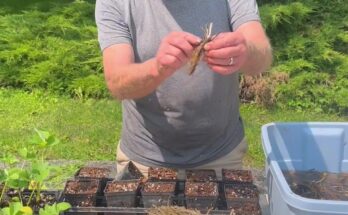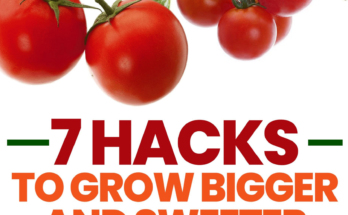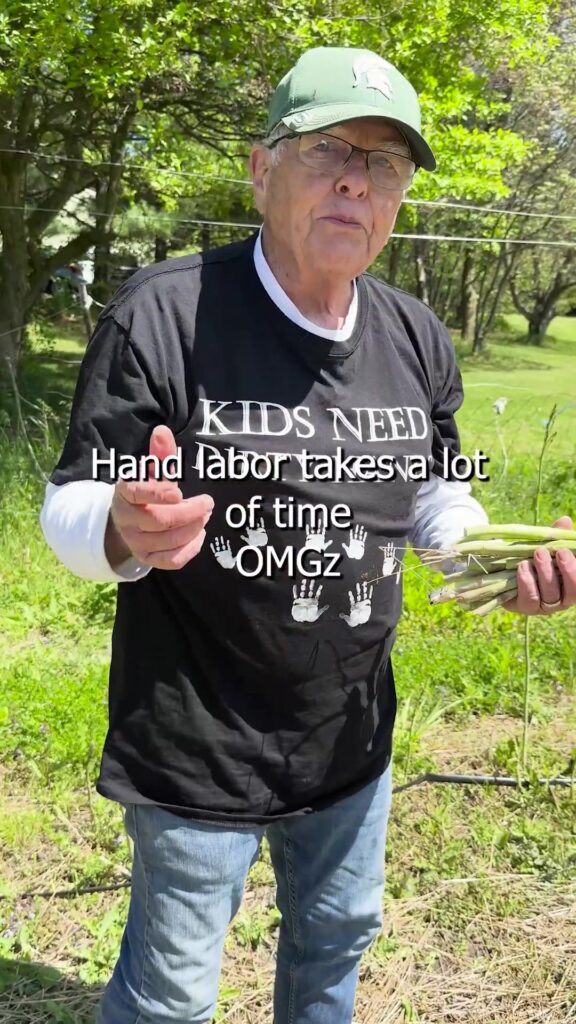
Why Asparagus Is Costly
Asparagus is a spring delicacy that many food lovers eagerly anticipate each year. Its tender spears, distinct flavor, and vibrant green hue make it a prized ingredient in kitchens around the world. But as delicious as asparagus is, it’s also one of the more expensive vegetables you’ll find at the market. If you’ve ever wondered why asparagus commands such a high price, the answer lies in its labor-intensive growing process, short harvest window, and delicate handling needs.
Labor-Intensive Farming
Unlike many crops that can be harvested mechanically, asparagus is typically picked by hand. Each spear must be cut at ground level once it reaches the right height—usually about 6 to 8 inches. This means that during the peak of the harvest season, farmworkers must inspect asparagus fields daily, bending over and cutting each spear one by one. The harvest process continues every day for six to eight weeks, depending on the region and growing conditions.
Additionally, asparagus plants take several years to mature. After planting crowns (the root systems), farmers must wait two to three years before the plants produce enough spears for a commercial harvest. Even then, the yield is limited, particularly in the early years of the plant’s life.
Limited Growing Season
Asparagus has a very short window for optimal harvest—typically in spring. In most areas, the season only lasts from late March through May or early June. This short timeframe makes asparagus a seasonal specialty, which drives up demand and prices. Once the weather warms up too much, the spears become woody and less palatable, ending the harvest period.
Farmers must also stop harvesting the spears before overexerting the plants. If they continue to harvest for too long, the plant won’t store enough energy to survive the next season. This careful balance between harvesting and preserving the long-term health of the plant limits how much asparagus can be harvested each year.
Specialized Land and Conditions
Asparagus grows best in sandy, well-drained soil and full sunlight. Not all agricultural land meets these criteria, which limits where it can be grown successfully. Farmers often have to invest in improving soil quality and ensuring adequate irrigation to meet the plant’s needs.
Moreover, because asparagus plants are perennial and will remain in the ground for many years, farmers must dedicate long-term space to this one crop. Unlike crops that can be rotated annually, asparagus ties up valuable land for a decade or more, which adds to its production cost.
Delicate Handling and Transport
Asparagus is highly perishable and loses its flavor and texture quickly after being harvested. It must be cooled immediately, typically within hours of picking, to maintain freshness. From there, it must be stored and transported under carefully controlled conditions, often on ice or under refrigeration.
This added level of care in post-harvest handling increases labor and logistical costs. Delays in transportation or improper storage can cause the spears to wilt or toughen, making them unsellable. All of these factors contribute to the final price tag.
Imported Varieties and Out-of-Season Supply
In order to meet year-round demand, much of the asparagus sold outside of spring is imported from countries like Peru and Mexico. While this extends availability, it also introduces international shipping costs, tariffs, and more complex logistics.
Consumers buying asparagus in the off-season are often paying a premium for freshness, convenience, and the expense of global transport.
Final Thoughts
Asparagus is costly because it demands so much in terms of time, labor, land, and care. From the years it takes to establish the crop to the precision required in harvesting and storage, every step in the process is more demanding than for many other vegetables. While it might be expensive, understanding the effort behind each spear makes every bite of asparagus feel that much more special.





